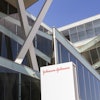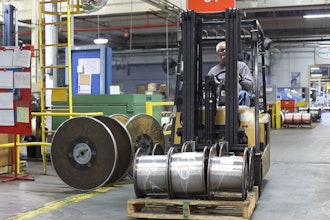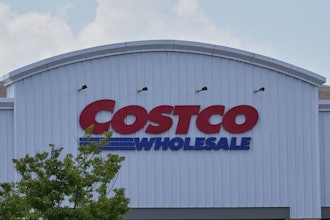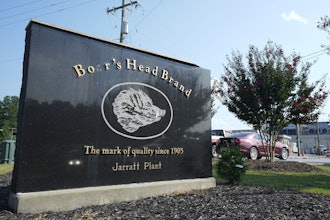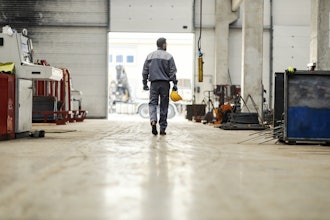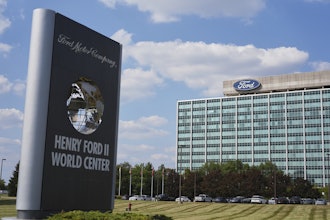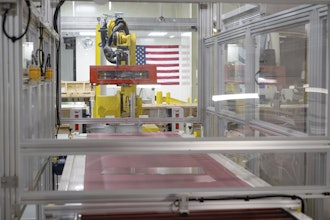 |
| Source: CSB |
According to a Chemical Safety Board (CSB) survey, 63 percent of respondents indicated their companies had at some time used flammable natural gas to blow out piping. Only one of those respondents said a flare was used to safely combust the gas prior to venting to the atmosphere. This practice alone could’ve spared many lives that day.
What Happened?
It was a standard operation, yet resulted in the release of approximately 400,000 standard cubic feet of natural gas (enough to fill a professional basketball arena from top to bottom) into the atmosphere before a still-unknown ignition source happened to set off a very dangerous set of events. Furthermore, there was only a 10-minute window of time between when the gas was purged and when the explosion actually blew.
According to CSB Supervisor Don Holmstrom, “This accident occurred during a planned work activity to clean debris from natural gas pipes at the plant. To remove the debris, workers used natural gas at a high pressure of approximately 650 PSI. The high velocity of the natural gas flow was intended to remove any debris in the new piping.
“At predetermined locations,” Holmstrom continues, “this gas was vented to the atmosphere through open pipe ends, which were located less than 20 feet off the ground. These vents were adjacent to the main power generation building and along the south wall. This cleaning practice is known within the natural gas power industry as a ‘gas blow.’”
What’s the Alternative?
Strikingly ironic is the fact that the CSB recommended some modifications to the National Fuel Gas Code just three days before the blast in order to prevent disasters like these, although the power generation market is exempt from these codes. Regardless, the CSB’s move still highlights the need to beware of such dangers.
 |
| Source: CSB |
In an effort to avoid the use of natural gas completely, the CSB suggests using the following materials and/or procedure:
- Air.
- Steam.
- Nitrogen.
- Water.
- Cleaning pigs.
- Combustion devices, such as flares, which can safely burn up flammable gas and/or vapor, before the facility begins to vent gas.
CSB Chairman John Bresland reiterates, “Venting any significant amount of natural gas into a workplace is an open invitation to disaster.”
